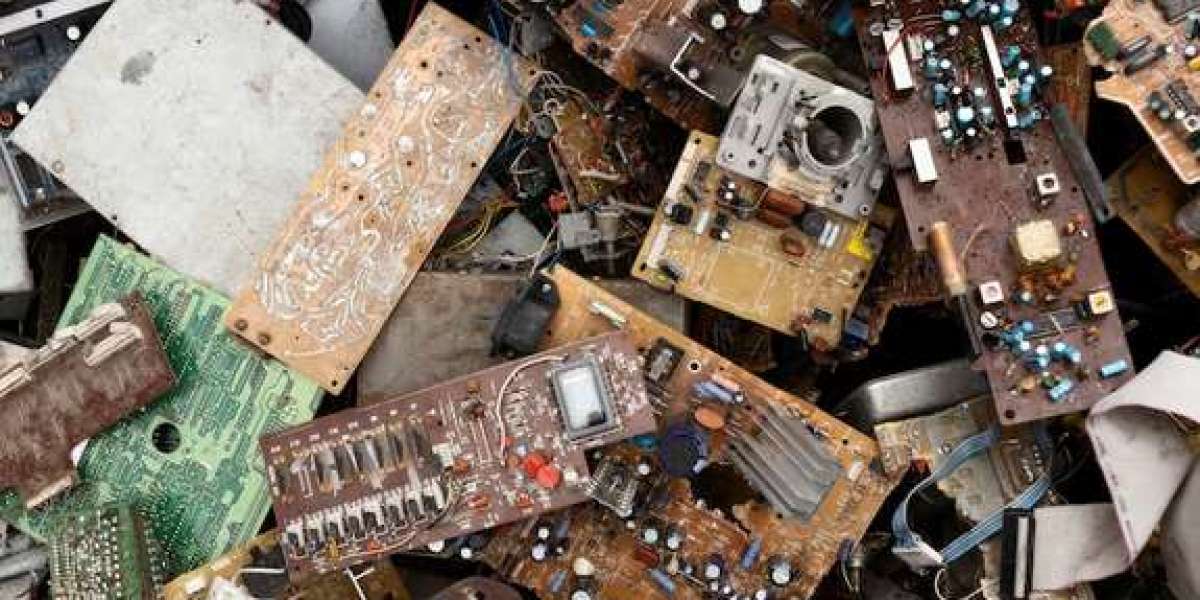Introduction:
In the era of portable electronics and electric vehicles, batteries have become an indispensable part of our daily lives. However, the rapid proliferation of battery-powered devices raises concerns about the proper disposal of batteries at their end of life. This exploration delves into the challenges associated with battery waste disposal, emphasizing the environmental impact, technological innovations, and the imperative of adopting sustainable practices in managing the growing issue of battery waste.
The Battery Boom:
The proliferation of battery-powered devices, from smartphones to electric vehicles, has resulted in a battery boom. While these batteries provide the convenience of portable power, they also contribute to the growing challenge of battery waste disposal. Understanding the environmental impact and navigating the complexities of battery recycling is crucial in addressing this burgeoning issue.
Environmental Impact of Battery Waste:
Batteries, particularly those containing heavy metals such as lead, cadmium, and mercury, pose significant environmental threats if not disposed of properly. When batteries end up in landfills, these toxic substances can leach into the soil and contaminate groundwater, leading to adverse effects on ecosystems and human health. The sheer volume of discarded batteries adds to the global electronic waste burden.
Challenges in Battery Waste Disposal:
Several challenges complicate the process of battery waste disposal:
Diverse Battery Chemistries: The wide variety of battery chemistries, including lithium-ion, nickel-metal hydride, and alkaline, requires specialized recycling processes, making it challenging to implement a one-size-fits-all approach.
Collection and Recycling Infrastructure: Inadequate collection and recycling infrastructure for batteries contribute to improper disposal practices, as many consumers may not have convenient access to battery recycling facilities.
Safety Concerns: The potential for fires and explosions during the recycling process, particularly with lithium-ion batteries, poses safety concerns for recycling facilities.
Lack of Awareness: Many consumers may not be aware of the environmental impact of improper battery disposal or the importance of recycling, leading to widespread ignorance on the subject.
Technological Innovations in Battery Recycling:
Amid the challenges, technological innovations offer promising solutions to improve battery recycling processes:
Hydrometallurgical Processes: Hydrometallurgical methods involve using aqueous solutions to extract valuable metals from batteries, providing a more environmentally friendly alternative to traditional smelting.
Direct Recycling: Direct recycling methods aim to refurbish and reuse batteries or recover materials directly from spent batteries, reducing the need for extensive processing.
Advanced Separation Techniques: Innovations in separation technologies help efficiently extract different materials from batteries, enabling more effective recycling.
Robotics and Automation: The integration of robotics and automation streamlines the battery disassembly process, enhancing efficiency and reducing safety risks associated with manual handling.
Consumer Education and Awareness:
To address the challenges of battery waste disposal, raising consumer awareness is crucial. Education initiatives can inform the public about the environmental impact of improper battery disposal and the importance of recycling. Clear labeling on batteries, indicating recycling instructions and disposal methods, can empower consumers to make environmentally responsible choices.
Extended Producer Responsibility (EPR):
Implementing extended producer responsibility programs shifts the onus of responsible waste management onto the producers of batteries. This approach encourages manufacturers to take responsibility for the entire lifecycle of their products, including proper disposal and recycling. EPR programs can drive industry-wide sustainability practices and enhance the efficiency of battery recycling systems.
The Imperative of Sustainable Battery Management:
The imperative of sustainable battery management extends beyond recycling processes. It involves adopting a circular economy approach, where batteries are designed for durability, repairability, and recyclability. Sustainable battery management also emphasizes the development of eco-friendly battery chemistries, reducing the environmental impact from the outset.
Global Collaboration and Policy Frameworks:
Addressing the challenges of battery waste disposal requires global collaboration and the establishment of robust policy frameworks. International agreements and standards can facilitate the harmonization of recycling practices, ensuring that environmental considerations are prioritized across borders. Policymakers play a crucial role in incentivizing sustainable practices and enforcing regulations to hold stakeholders accountable.
Conclusion:
Eco-Charge, navigating the challenges of battery waste disposal, demands a concerted effort from individuals, industries, and policymakers. The environmental impact of improper battery disposal is a pressing concern that requires immediate attention. By embracing technological innovations, enhancing consumer education, and implementing sustainable practices, we can mitigate the environmental threats posed by battery waste. The imperative of global collaboration and the establishment of policy frameworks cannot be overstated, as we strive for a future where batteries contribute to our technological advancement without compromising the health of our planet. In the journey toward sustainable battery management, each step taken today paves the way for a cleaner and greener tomorrow.



